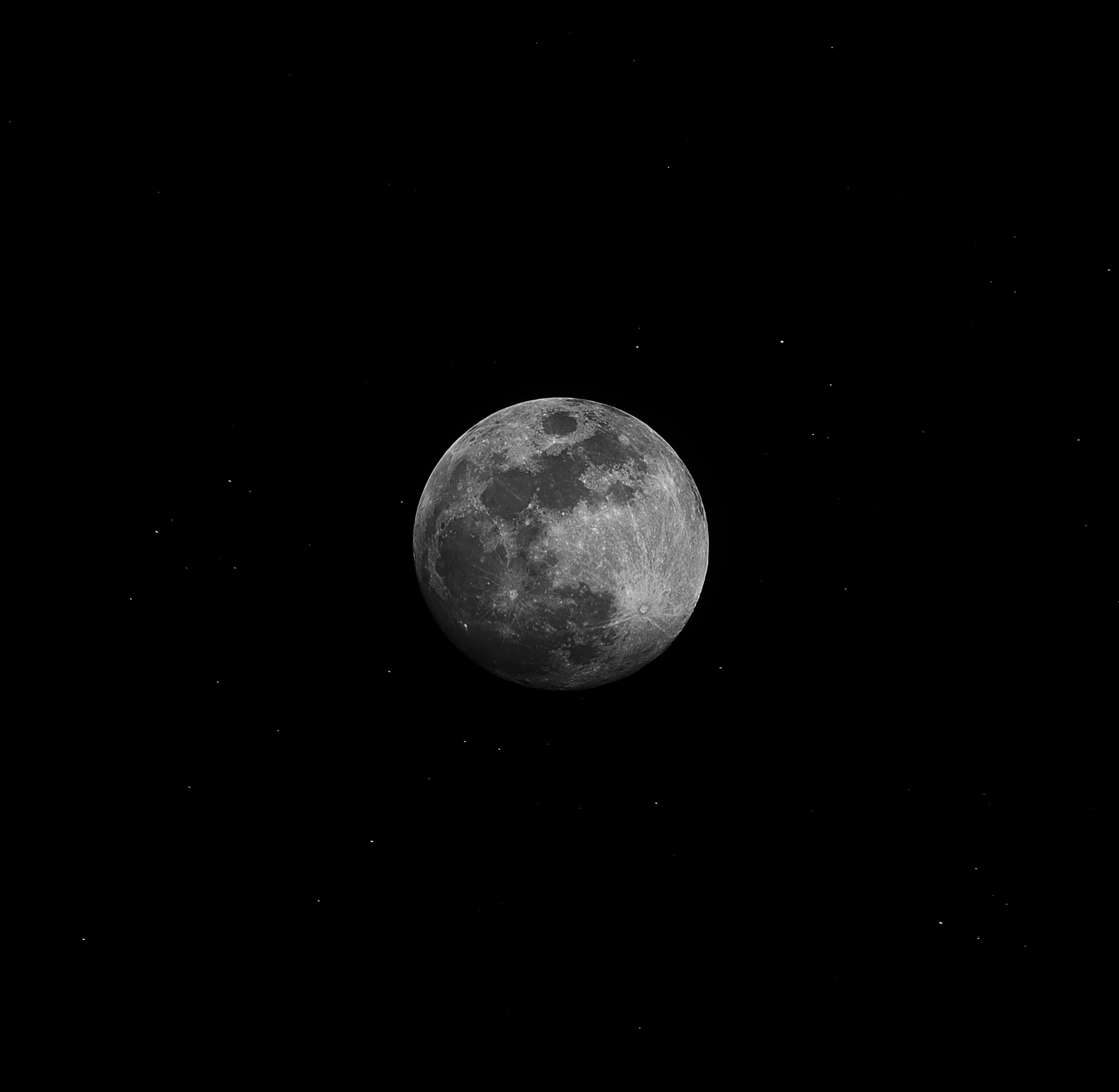Understanding the Waxing Phases of the Moon
Experiencing the wonders of our celestial neighbor, the moon, is an extraordinary experience. Throughout history, humanity has been fascinated by the moon’s enchanting beauty and mystique. Its phases, in particular, have captivated our imagination. In this blog post, we will delve deep into the waxing phases of the moon, exploring their significance and understanding the science behind them.
The Moon and Its Phases
The moon, Earth’s only natural satellite, revolves around our planet in a regular cycle of approximately 29.5 days, known as a lunar month. As the moon orbits Earth, the sunlight illuminates different parts of its surface, resulting in its ever-changing appearance. These varying stages of illumination are known as the moon’s phases.
The moon’s phases play a crucial role in the lunar calendar, religious observations, agricultural practices, and even human behavior and mood. Understanding the waxing phases of the moon is essential for sky enthusiasts, astronomers, and anyone captivated by the beauty of the night sky.
What is Waxing?
Before we dive into the specific phases, let’s clarify what is meant by the term “waxing.” In the context of lunar phases, “waxing” refers to the increasing illumination of the moon’s surface as seen from Earth. This occurs as the moon moves along in its orbit, closing the gap between the sunlit side and the side facing Earth.
Phases of the Waxing Moon
The waxing phases of the moon begin with the New Moon and culminate in the Full Moon. Let’s explore each of these phases, detailing their appearance and significance:
1. New Moon
The New Moon phase marks the start of the lunar cycle. At this stage, the moon is not visible from the Earth, as its illuminated side is facing away from us. The alignment of the sun, moon, and Earth places the moon directly between the sun and our planet, with its dark side presented to us. It is only during a solar eclipse that the New Moon becomes visible in the form of a silhouette against the sun.
2. Waxing Crescent
After the New Moon, a small, crescent-shaped sliver of the moon becomes visible in the western sky shortly after sunset. This delicate sliver is known as the Waxing Crescent. It is characterized by a small, illuminated section on the right side of the moon while the majority remains dark. With each passing night, the Waxing Crescent becomes larger as more of the sunlit side becomes visible.
The Waxing Crescent is often associated with new beginnings, growth, and intention setting. Many cultures consider it a favorable time for starting projects or embarking on personal journeys.
3. First Quarter
Approximately a week after the New Moon, the First Quarter phase occurs. At this stage, half of the moon’s visible side is illuminated, creating a semi-circle shape. The First Quarter moon appears in the sky around midday and reaches its highest point in the sky during late afternoon. As the name implies, it marks the completion of the first quarter of the lunar cycle.
The First Quarter moon is considered a time of decision making and evaluating progress. It is a perfect opportunity for introspection and reassessment of goals and plans.
4. Waxing Gibbous
The Waxing Gibbous is the stage following the First Quarter moon. It occurs around ten to twelve days into the lunar cycle. At this point, the moon is approximately 75% illuminated, with only a small dark area remaining visible. The illuminated part of the moon continues to grow until it becomes a full circle.
The Waxing Gibbous phase represents a time of refinement and fine-tuning. It encourages persistence, focus, and determination in pursuit of our goals.
5. Full Moon
The Full Moon is perhaps the most widely recognized of all lunar phases. It occurs when the moon is fully illuminated, with its sunlit side facing the Earth. The Full Moon rises in the east as the sun sets in the west, creating a breathtaking scene.
The Full Moon has long been associated with various cultural and religious celebrations. Many believe it holds powerful energy and influences human emotions and behavior. It is an opportune period for reflection, gratitude, and releasing any negativity.
Conclusion
As we gaze up at the night sky, the waxing phases of the moon ignite our curiosity and sense of wonder. From the mysterious New Moon to the awe-inspiring Full Moon, each phase offers a unique opportunity for introspection, growth, and connection to the universe.
Understanding the waxing phases of the moon allows us to align our intentions, actions, and goals with the rhythms of nature. So, the next time you find yourself gazing up at the moon, take a moment to appreciate its celestial dance and the profound impact it has on our lives.
Disclaimer: The information provided in this blog post is for educational and informative purposes only. It is always recommended to consult scientific sources and astronomical experts for a thorough understanding of lunar phases and their significance.
Table of Contents
